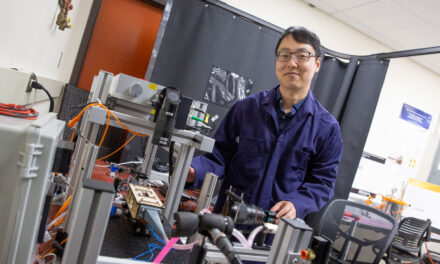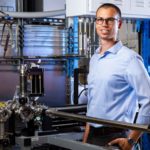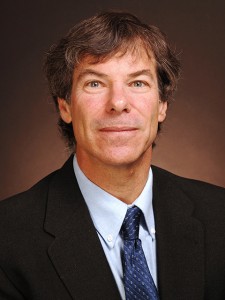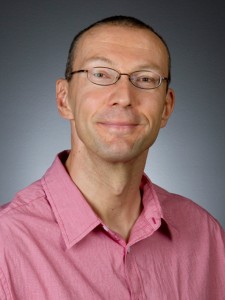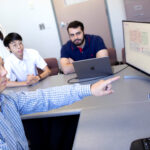
Achievements earn Newman, Reisslein IEEE Fellow status
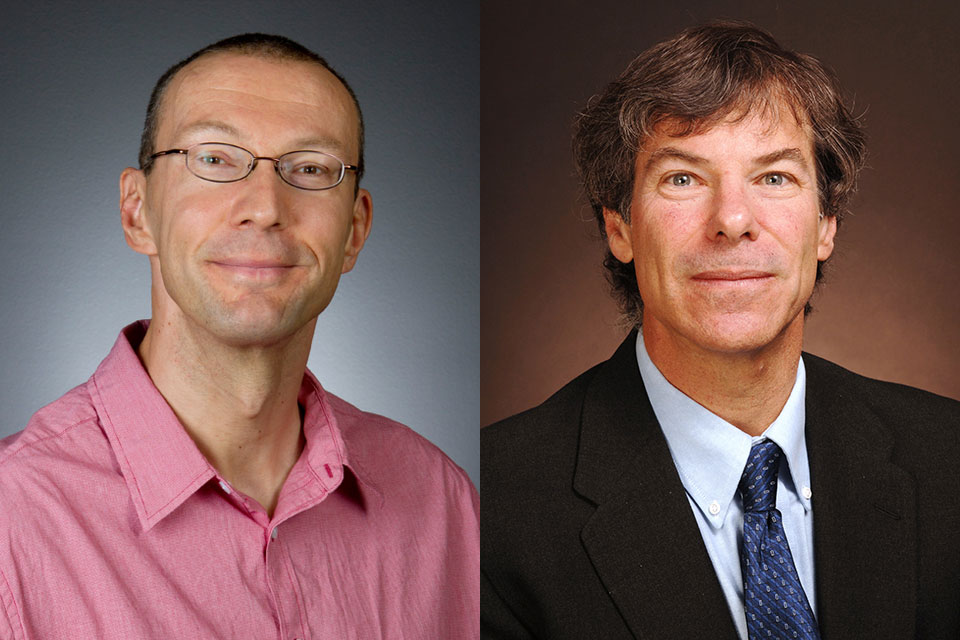
Outstanding accomplishments in engineering have earned Arizona State University professors Nathan Newman and Martin Reisslein honored status in one of the world’s most prominent professional organizations.
They are among colleagues selected as new Fellows of the Institute of Electrical and Electronics Engineers (IEEE). No more than one-tenth of one percent of the 400,000 IEEE members from 160 countries is chosen each year as Fellows.
The IEEE is a leading authority on a wide variety of areas ranging from aerospace systems, computers and telecommunications to biomedical engineering, electric power and consumer electronics.
Newman is on the faculty of the School for Engineering of Matter, Transport and Energy. Reisslein is on the faculty of the School of Electrical, Computer and Energy Engineering. Both schools are part of the ASU Ira A. Fulton Schools of Engineering.
Newman is being recognized by the IEEE specifically for “for contributions to the development and production of novel thin film materials and devices.”
Reisslein is recognized for “contributions to the design and performance evaluation of metropolitan networks and multimedia networking mechanisms.”
Newman’s research focuses on the growth, characterization and modeling of new solid-state materials for microwave, photonic and high-speed electronics uses.
His expertise includes semiconductors, superconductor and dielectric materials, thin-film materials synthesis and materials characterization.
Newman is the Lawrence Professor of Solid State Sciences at ASU and has been director of the LeRoy Eyring Center for Solid State Science at the university.
His worked has earned him 12 patents, and his more than 200 technical articles have been cited more than 5,000 times by fellow researchers. He won a Van Duzer Prize, awarded annually to the best research paper published by the IEEE Transactions on Applied Superconductivity journal. He is also an editor for the journal.
Newman was elected as a Fellow of the American Physical Society in 2006, and chairs the U.S. Committee for Superconducting Electronics.
Before joining the ASU faculty, he was an associate professor at Northwestern University in Illinois, a member of technical staff at the University of California, Berkeley, Lawrence Berkeley Laboratory, and at Stanford University and Conductus, Inc.
After earning a bachelor’s degree in biomedical and electrical engineering at the University of Southern California, he earned a master’s degree and a doctoral degree in electrical engineering from Stanford University.
Reisslein has made significant contributions to the development and performance evaluation of network architectures and protocols for reliable high-speed Internet access. His research team developed and evaluated a series of metropolitan area networks that exploit advanced photonic communication components for highly efficient transport of Internet traffic.
He has identified the fundamental performance limits of metropolitan area networks, which are often the cause of Internet traffic bottlenecks. He has led the development of strategies for managing the medium-access control and scheduling in optical-access networks that connect individual households and businesses to metropolitan area networks, as well as the integration of access networks with metropolitan area networks.
He is credited for advancing research on multimedia networking mechanisms, making advances in the caching of streaming video in content distribution networks and to collaborative streaming protocols. These video transport and distribution mechanisms help ensure continuous video playback at the receiver.
He developed the first collaborative streaming protocol to base scheduling decisions on the pre-buffered video in the individual receivers for both wireline and wireless networks. The research has provided insights into the performance characteristics of the pre-buffering of streaming video, which is now a common technique for video streaming over the Internet.
Reisslein is associate editor-in-chief of the IEEE Communications Surveys and Tutorials, the top-ranked journal of the IEEE Communications Society. He is associate editor for the Computer Networks journal and the IEEE Transactions on Education journal. He earned a doctoral degree in systems engineering from the University of Pennsylvania.
Media Contact:
Joe Kullman, [email protected]
(480) 965-8122
Ira A. Fulton Schools of Engineering



